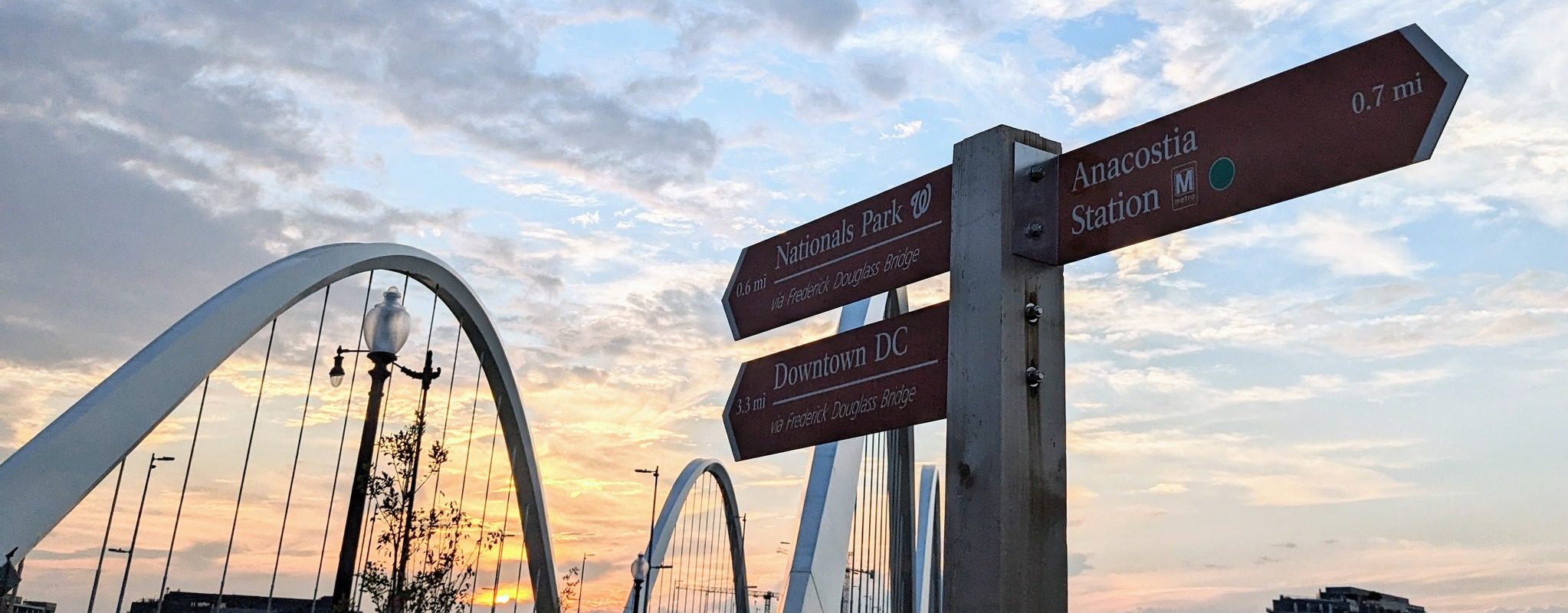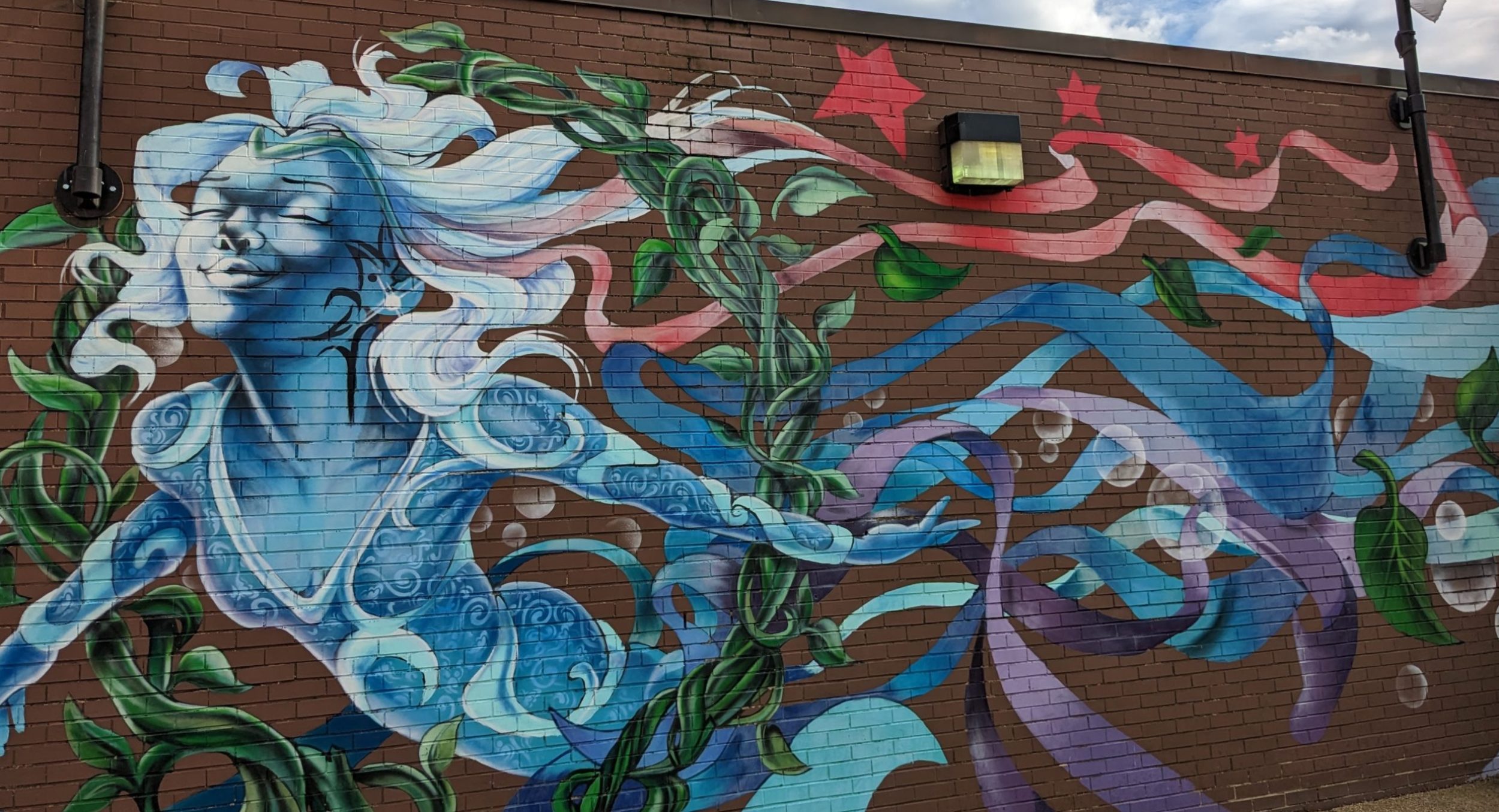See the little rectangular monument at left-center of the photo? It’s the grave marker for the man who helped uncover a city with roots dating to the 5th century BC. New York University professor Kenan Erim was buried where he spent much of his working life. He unraveled some of the mysteries about Aphrodisias, a city abandoned by its citizens in the 13th century AD after earthquakes and then largely forgotten.
Aphrodisias prospered in Roman times. Fittingly for a city named for the goddess of love, beauty and luxury, Aphrodite, Aphrodisas was a center for making beautiful luxury items. Trained craftsmen carved local marble into statues and giant coffins known as sarcophagi.
The work of the sculptors of Aphrodisias traveled through the Roman Empire.
It seems that these craftsmen lived the good life. The city had a theater, a sports arena, a big central market place and nice streets for walking. Set in green hills, it must have been an attractive place for some of the Roman Empire’s more talented laborers, sort of like greater San Francisco is today.
Green and Good
The worship of Aphrodite at Aphrodisias may have drawn on earlier ceremonies for more primitive love goddesses. Temples at Aphrodisias later served as churches as Christianity took root in the land that is now Turkey, the Anatolian peninsula. The land, surrounded by two seats and a strait, often is referred to as the bridge between Asia and Europe.
My husband and I heard the Muslim prayer call echo over Aphrodisias during our April visit to the site. The Turks arrived in the Anatolian peninsula around the 11th century, and brought with the Islam.
“It’s been busy here,” David said as the last cries for Allah died out.
2,300-Year-Old Lesson Not Learned
The people of the time deliberately left his name out of accounts of the temple’s destruction. The Greek historian Strabo undid their work a couple of centuries later and identified the arsonist in his writings.
(Artmemis statue from Ephesus.)
We arrived at the site of the temple not long after the April 16th shootings at Virginia Tech. It shocked me to hear that NBC ran the photos and video that the killer wanted them to, and it saddened me to see one of the pictures later in the Economist.
The press must be free to publish images like this. Democracy requires that. That doesn’t mean that they have to run them. NBC could have posted the video and photos on its Web site and left them there for the people who wanted to dig through them, and then spent more air time telling us about the people who were murdered. NBC instead gave the killer the stage he wanted by putting even a few of his posturing images on the air. Maybe there were be fewer people seeking herostratic fame if the historians of the moment stopped giving them what they want.
John the Evangelist lived in Ephesus. A great industry has grown around the possibility that he brought Mary to Ephesus with him. The remains of the town and churches of Ephesus draw great crowds from cruise ships that dock not to far away on the Mediterannean.
Christianity took stronghold at Ephesus. Here are statues of the Roman Emperor Augustus Caesar and his wife Livia. My picture isn’t clear enough to show how crosses have been carved on their foreheads, an attempt to make Christians of them some centuries after their deaths.
Watchful Eyes


